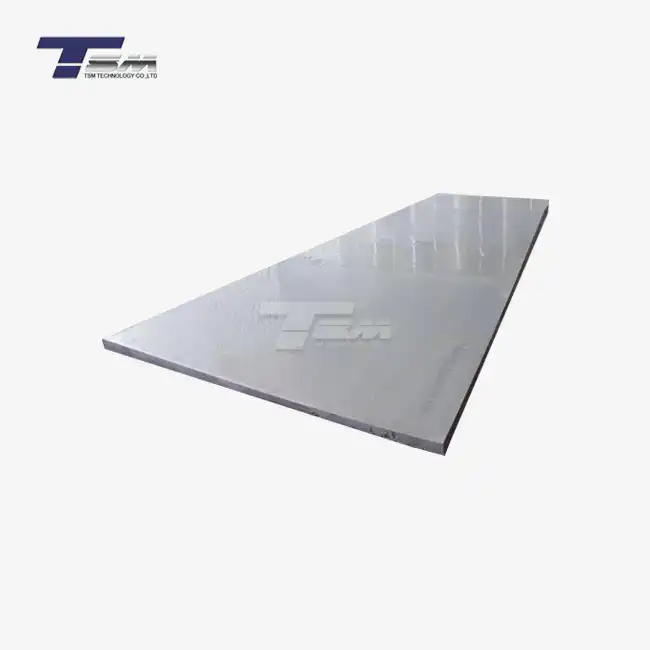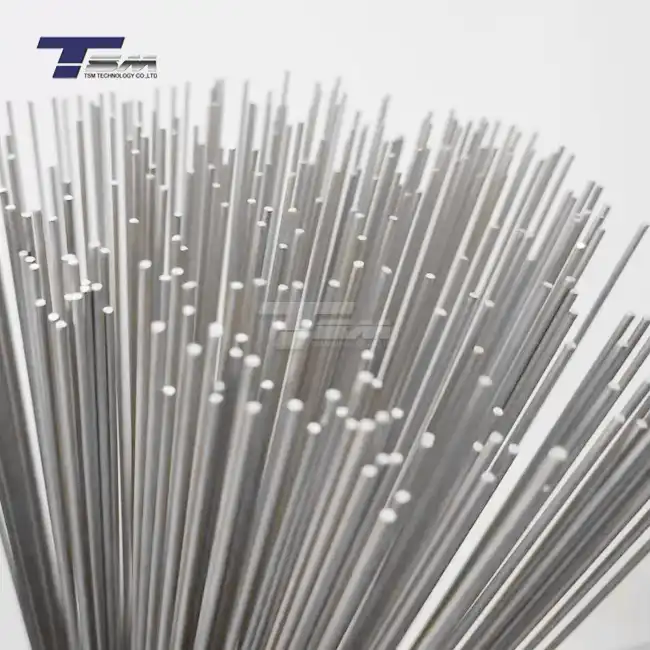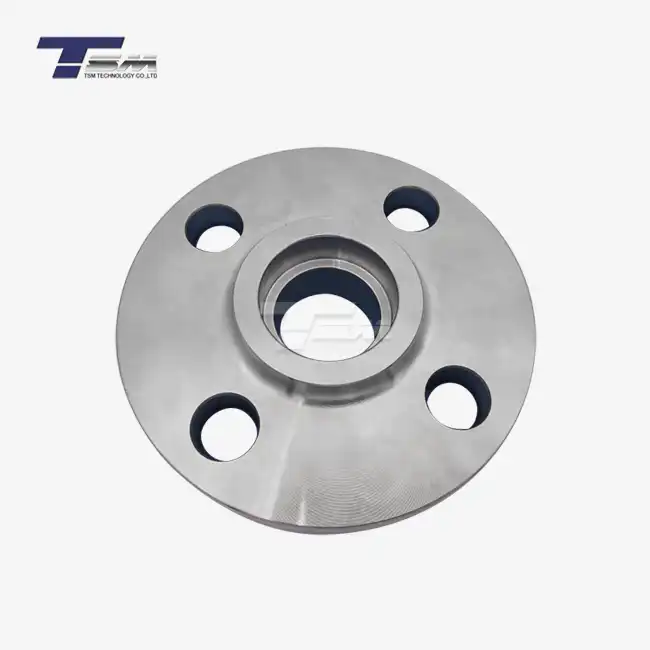Mechanical Strength and Durability of Inconel 600 Round Bar
Tensile Strength and Yield Strength
Inconel 600 round bar boasts impressive tensile and yield strength, contributing to its exceptional mechanical performance. The typical tensile strength of this alloy ranges from 550 to 690 MPa (80 to 100 ksi), while its yield strength falls between 170 and 345 MPa (25 to 50 ksi). These values demonstrate the material's ability to withstand substantial loads without permanent deformation or failure. The high strength-to-weight ratio of alloy 600 bar makes it an excellent choice for applications requiring both robustness and weight optimization.

Hardness and Wear Resistance
The hardness of Inconel 600 round bar typically ranges from 120 to 200 Brinell (HB), depending on the specific heat treatment and manufacturing process. This moderate hardness, combined with the alloy's inherent toughness, results in excellent wear resistance. The material's ability to maintain its mechanical properties under harsh conditions makes it suitable for components subjected to abrasive environments or repetitive stress cycles.
Fatigue Resistance and Creep Strength
Inconel 600 bar exhibits remarkable fatigue resistance, allowing it to withstand cyclic loading without premature failure. Its high creep strength at elevated temperatures further enhances its suitability for applications involving prolonged exposure to high stresses and temperatures. These properties make alloy 600 round bar an ideal choice for critical components in turbines, heat exchangers, and other high-temperature machinery.
Thermal Properties and High-Temperature Performance
Melting Range and Maximum Service Temperature
The melting range of Inconel 600 round bar spans from approximately 1,354°C to 1,413°C (2,470°F to 2,575°F). This high melting point contributes to the alloy's excellent performance at elevated temperatures. Alloy 600 bar maintains its structural integrity and mechanical properties up to temperatures of around 1,000°C (1,832°F), making it suitable for use in extreme thermal environments. The material's ability to resist oxidation and maintain strength at high temperatures sets it apart from many other engineering alloys.
Thermal Expansion and Conductivity
Inconel 600 round bar exhibits a relatively low coefficient of thermal expansion, ranging from 11.5 to 13.3 µm/m·°C (6.4 to 7.4 µin/in·°F) between 20°C and 100°C. This property is advantageous in applications where dimensional stability under varying temperatures is crucial. The thermal conductivity of alloy 600 bar is moderate, typically around 14.9 W/m·K at 20°C, allowing for controlled heat transfer in thermal management systems.
Specific Heat Capacity and Thermal Diffusivity
The specific heat capacity of Inconel 600 round bar is approximately 444 J/kg·K at room temperature, indicating its ability to absorb and store thermal energy. This property, combined with its thermal conductivity, influences the material's thermal diffusivity, which affects the rate at which heat spreads through the alloy. Understanding these thermal characteristics is essential when designing components for high-temperature applications or thermal management systems that utilize Alloy 600 bar.
Corrosion Resistance and Chemical Properties
General Corrosion Resistance
One of the most notable features of Inconel 600 round bar is its exceptional corrosion resistance across a wide range of environments. The high nickel content (typically 72% minimum) and the presence of chromium (14-17%) form a protective oxide layer on the surface, shielding the material from various corrosive media. This passive film provides excellent resistance to atmospheric corrosion, seawater, and many organic and inorganic compounds. The alloy's ability to maintain its integrity in harsh environments makes it a preferred choice for chemical processing equipment, marine applications, and nuclear reactors.
Resistance to Specific Corrosive Media
Alloy 600 bar demonstrates remarkable resistance to stress corrosion cracking in chloride-containing environments, a property that sets it apart from many stainless steels. Inconel 600 bar also exhibits excellent resistance to caustic solutions, making it suitable for applications involving alkaline environments. The material's resistance to oxidation at high temperatures further enhances its versatility, allowing it to perform reliably in both reducing and oxidizing atmospheres. However, it's important to note that Inconel 600 round bar may be susceptible to certain forms of localized corrosion in highly oxidizing acids, and proper material selection should consider the specific chemical environment of the application.
Passivation and Surface Treatment
To optimize the corrosion resistance of Inconel 600 bar, various surface treatments and passivation techniques can be employed. Passivation processes, such as nitric acid treatments, can enhance the formation of the protective oxide layer, further improving the alloy's resistance to corrosion. Additionally, surface finishing techniques like electropolishing can reduce surface roughness and remove impurities, contributing to improved corrosion performance and easier cleaning in critical applications. Understanding these surface treatment options is crucial for maximizing the corrosion-resistant properties of alloy 600 round bar in specific operating environments.
Conclusion
The key physical properties of Inconel 600 round bar make it an exceptional material for a wide range of demanding applications. Its combination of high mechanical strength, excellent thermal stability, and superior corrosion resistance sets it apart in the world of high-performance alloys. From its impressive tensile strength and hardness to its ability to withstand extreme temperatures and corrosive environments, alloy 600 bar continues to be a preferred choice for engineers and manufacturers across various industries. By understanding and leveraging these properties, professionals can harness the full potential of Inconel 600 round bar to develop innovative solutions and advance technological capabilities in their respective fields.
Contact Us
For more information about Inconel 600 round bar and other superior alloy products, please contact TSM TECHNOLOGY at info@tsmnialloy.com. Our team of experts is ready to assist you in selecting the right materials for your specific application needs and to provide comprehensive support throughout your project.



